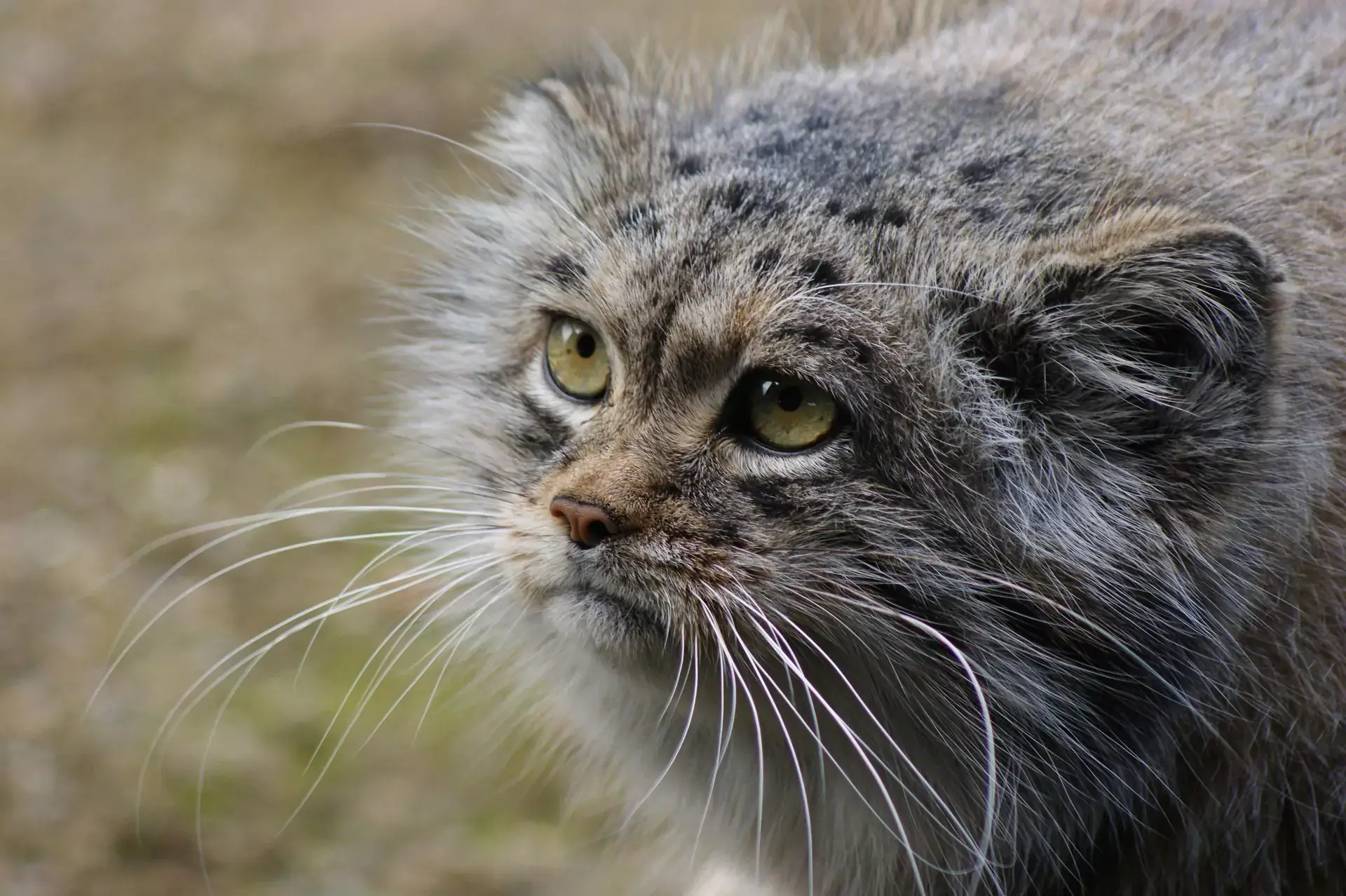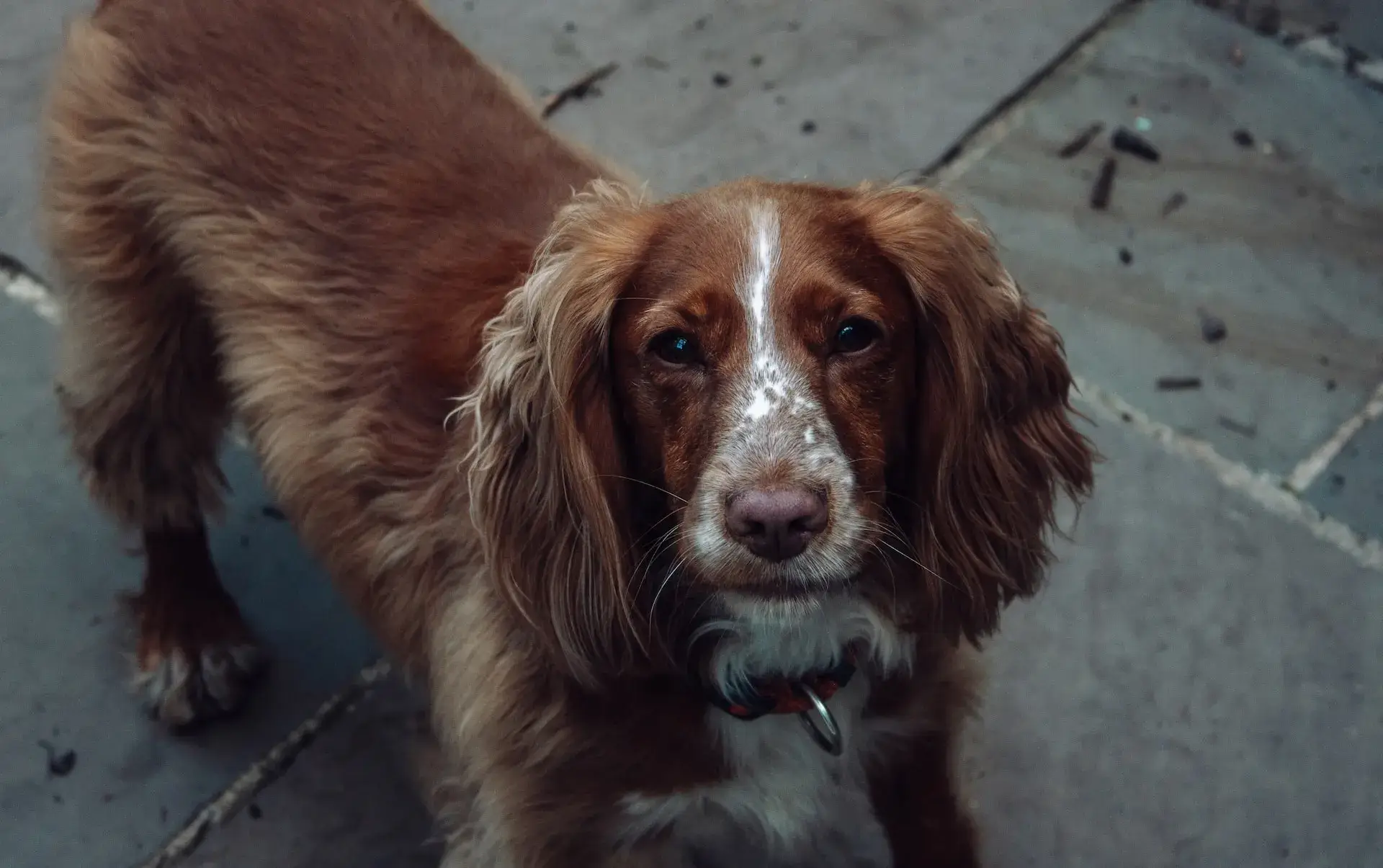Holidays With Exotics
Do you have a rather unusual pet, such as a chinchilla or sugar glider? You’ll want to pay some extra attention to your little buddy this month. The holidays can be fun for pets, but there are also seasonal hazards and concerns for you to be aware of. A local Fort Myers, FL vet offers some advice on spending the holidays with exotic pets in this article.
Travel
Are you planning to travel with your pet? You’ll need a good travel carrier. A small tank or aquarium may work, provided it has good ventilation. Pack accessories separately: you don’t want anything rolling over on your pet during transit. As far as packing, you’ll need food, dishes, bedding, a first-aid kit, and grooming supplies, such as a dust bath or wipes. You may also want to bring cleaning supplies.
Petsitting
What if you can’t take your little buddy along? Ideally, you’d want to find a kennel that is experienced with exotics. Otherwise, you may be able to recruit a friend or family member. Leave very clear instructions, including signs of sickness, specific instructions on cleaning and feeding, and your vet’s contact info.
Gifts
Who says exotic pets won’t enjoy gifts? Many smaller animals enjoy things like pet tents, hammocks, or swings. A new hide box or climbing branches can also be a good gift. A bigger, comfier habitat is also a great option!
Decorations
Putting a tiny Christmas tree in your cute pet’s habitat isn’t a good idea, but you can do things to make it festive. You can try using a holiday backing, or putting decorative items outside the habitat, where they can’t reach. You can also incorporate seasonal items, such as a bed printed with holiday pattern or a little igloo. Or, get wrapping paper printed with safe ink and make chew toys out of it. Just put your pet’s safety first. Don’t add anything small or sharp, or items with ropes or cords.
Stress
Are you having guests over, or perhaps throwing a New Year’s Eve party? Noise and commotion can be very distressing to pets, especially those that aren’t accustomed to it. You may want to temporarily move your little buddy to a quiet back room with bedding, food, and toys, and let them sit out the festivities.
Happy Holidays! Contact us, your Fort Myers, FL pet hospital, anytime. We are here to help!





